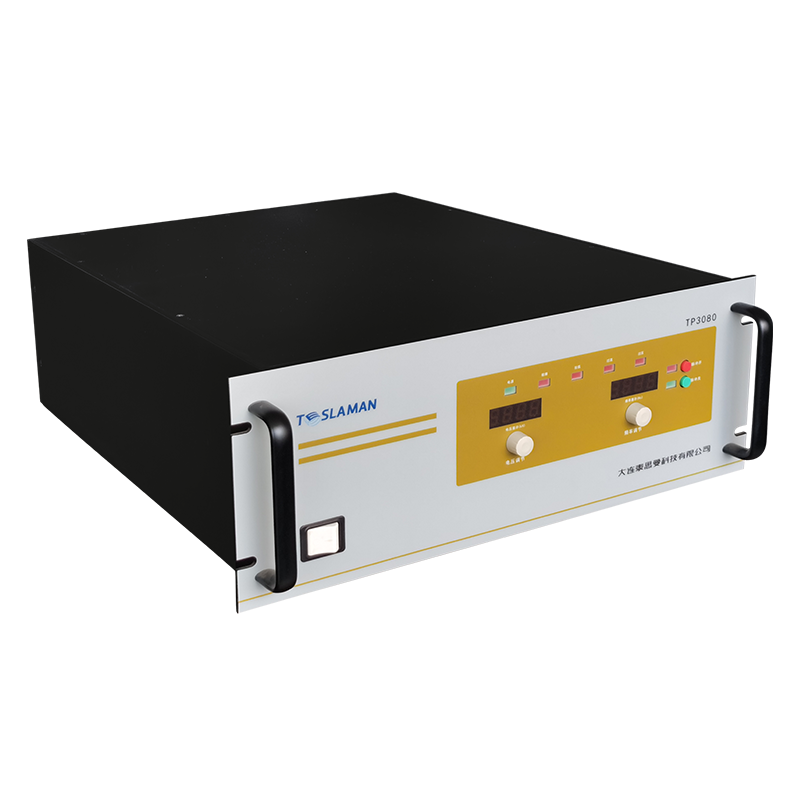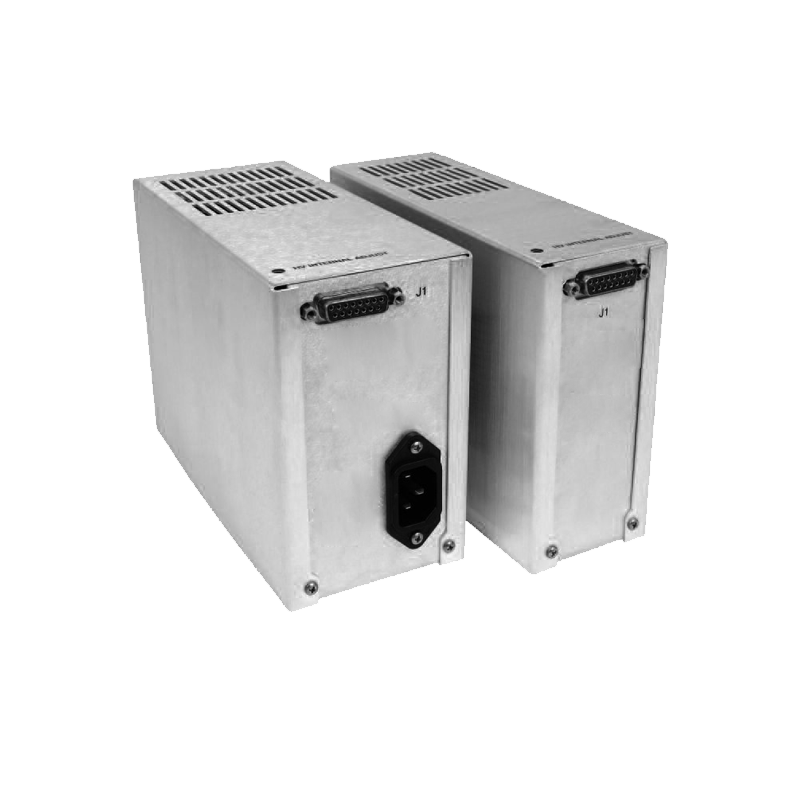Adaptive Control of Power Output Based on Oil Fume Concentration in Electrostatic Purifier Power Supplies
Electrostatic oil fume purifiers rely on high-voltage power supplies to ionize and capture airborne grease particles. The efficiency of this process depends on maintaining the appropriate electric field strength relative to the oil concentration. Conventional fixed-output power supplies fail to adapt to real-time variations in pollution levels, leading to excessive power use or insufficient purification.
Adaptive control strategies address this challenge by integrating sensors and feedback algorithms. Optical or particulate sensors measure the real-time fume concentration, and the control system dynamically adjusts the power supply voltage and current output accordingly. When fume density increases, the system raises the voltage to enhance ionization; when the air is cleaner, it reduces output to conserve energy.
Pulse high-voltage output is another enhancement. Pulsed fields achieve higher instantaneous ionization efficiency while reducing average energy consumption and preventing excessive ozone generation. A bipolar pulsed configuration periodically reverses the electrode polarity, preventing buildup on the collection plates and maintaining long-term performance stability.
The power stage should utilize efficient resonant converters with proper insulation design for operation in humid and oily environments. Protective coatings on high-voltage components and encapsulated structures help maintain insulation integrity and minimize leakage currents.
By integrating adaptive sensing, closed-loop control, and optimized pulse power design, electrostatic purifiers can achieve higher purification efficiency with significantly lower operational energy costs, meeting environmental and safety standards.




















